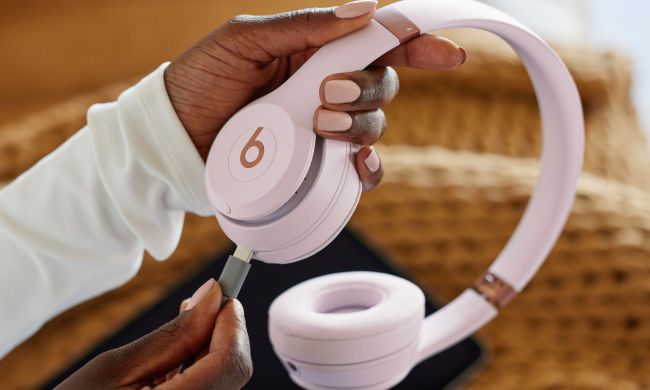Netflix Premium subscribers are getting an enhancement to their service starting today. The streaming company has increased the number of devices that can download content for offline viewing from four to six. It’s also expanding the spatial audio feature it launched in 2022, making spatial audio available on its top 700 titles. The new features are included in the current price of a Premium plan.
Spatial audio on Netflix is similar to Dolby Atmos — it creates a much more immersive, 3D-like audio experience where sounds feel like they’re moving independently of the rest of the soundtrack. However, unlike Dolby Atmos, Netflix’s spatial audio can be experienced on any device that has stereo speakers whether they are Dolby Atmos-capable or not.

Netflix says that while the effect should be noticeable on any stereo device, especially when using headphones, the feature has been primarily optimized for laptops and tablets. Some examples of titles that now use Netflix spatial audio include Stranger Things, The Watcher, Wednesday, and Glass Onion: A Knives Out Mystery.
Titles that have the feature will display a spatial audio badge on their description pages and in search results. To find titles that use spatial audio, simply type “spatial audio” into the Netflix search bar.
Rishu Arora, director of product management at Netflix says the company will also be adding spatial audio to popular new titles as they’re released, including You, Your Place or Mine, Luther: The Fallen Sun, and Tour de France.
Netflix is available on a wide variety of devices, including streaming media boxes like the Apple TV 4K, smart TVs, smartphones, tablets, and on the web using any modern browser.



